Warm Reminder
This rocket was made in the DROO system, so you might need to make a few modifications if the galaxy you're using is the Solar System.
Also, this rocket is asymmetric in design, so I designed a program that can automatically perform maneuvers such as program turns in the early stages, and once it 25,000 meters, it can be manually controlled. However, I would like to remind you that this program is only an aid to takeoff; other separation still need to be manually controlled by you.
Introduction
Atlas V The Atlas V family of launch vehicles was introduced on August 21, 2002, initially a Lockheed Martin design, it became a United Alliance (ULA) product in 2006. Due to the outstanding performance of the Atlas V family of launch vehicles, it has become the preferred launch tool for the.S. Air Force's payload.
Naming rules
The Atlas V family of launch vehicles has its own nomenclature. The Atlas V is designated "Atlas V ABC", where ABC are three numbers with A representing the diameter of the fairing, B the number of strap-on boosters, and C the number of second stage (Centaur III) engines. Taking the V 511 I released this time as an example, the 5 represents the fairing diameter of 5 meters, the first 1 represents the binding of one booster and the last 1 represents the second stage equipped with one engine.
Configuration
The Atlas V launch vehicle has 11 configurations, they are: 401, 411, 421, 431 501, 511, 521, 531, 541, 551, N22
Advantages and disadvantages
The Atlas V's Russian-built RD-180 engine gives the rocket good performance and high cost-effectiveness, but it has also put in an awkward position since the US-Russia relationship deteriorated. However, the Atlas V's role will be replaced by the Vulcan and it will retire after the Launch Alliance's stock of RD-180 runs out, so the actual impact is not very significant.If you want to learn more about the Atlas V series of launch vehicles, please clickHere
My score is about to go above 1000 recently.could you please give it a thumbs up? Thank you very much.
GENERAL INFO
- Created On: Android
- Game Version: 1.3.204.1
- Price: $51,011k
- Number of Parts: 102
- Dimensions: 62 m x 14 m x 14 m
PERFORMANCE
- Total Delta V: 3.4km/s
- Total Thrust: 6.1MN
- Engines: 11
- Wet Mass: 2.92E+6kg
- Dry Mass: 2.56E+6kg
STAGES
| Stage | Engines | Delta V | Thrust | Burn | Mass |
|---|---|---|---|---|---|
| 1 | 3 | 417m/s | 5.8MN | 4.0m | 2.92E+6kg |
| 3 | 0 | 0m/s | 0N | 0s | 4.34E+5kg |
| 5 | 1 | 3.0km/s | 101kN | 12.3m | 34,644kg |
| 7 | 0 | 0m/s | 0N | 0s | 27,257kg |

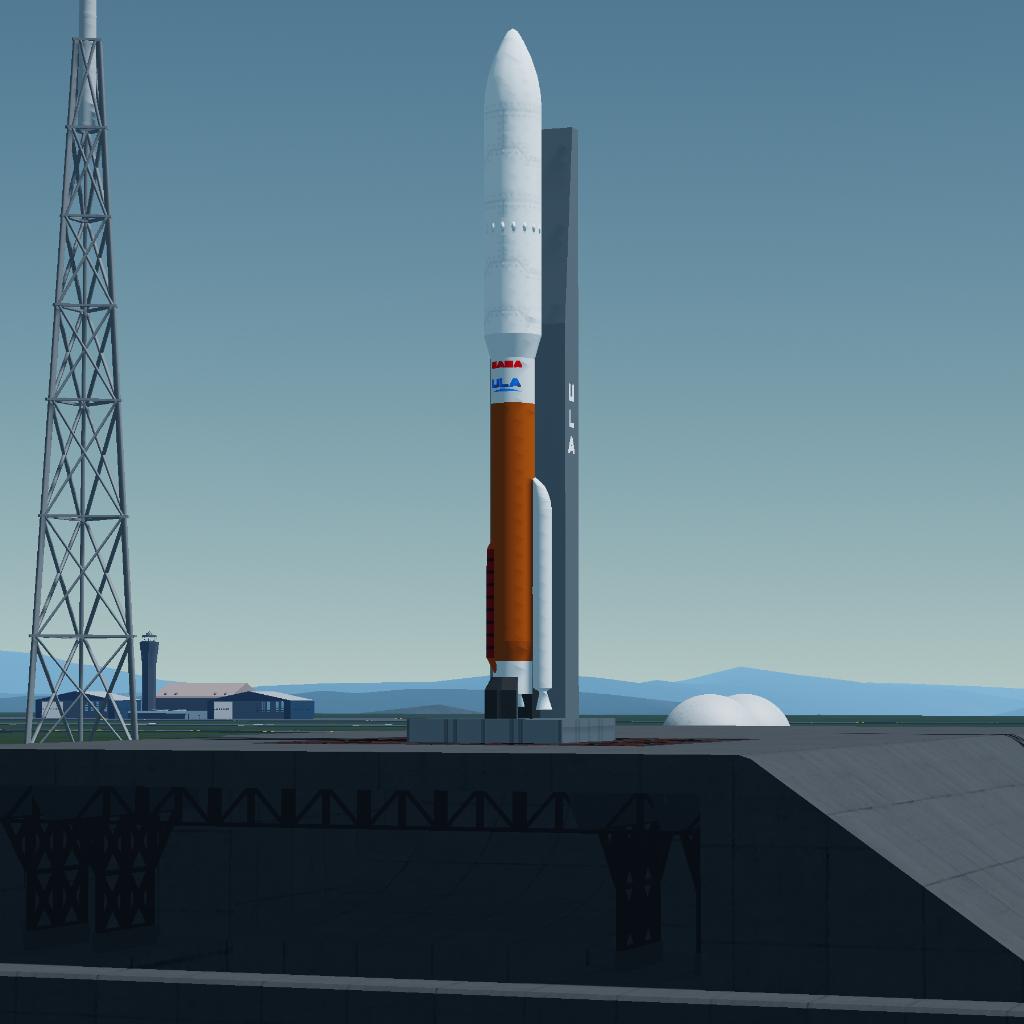
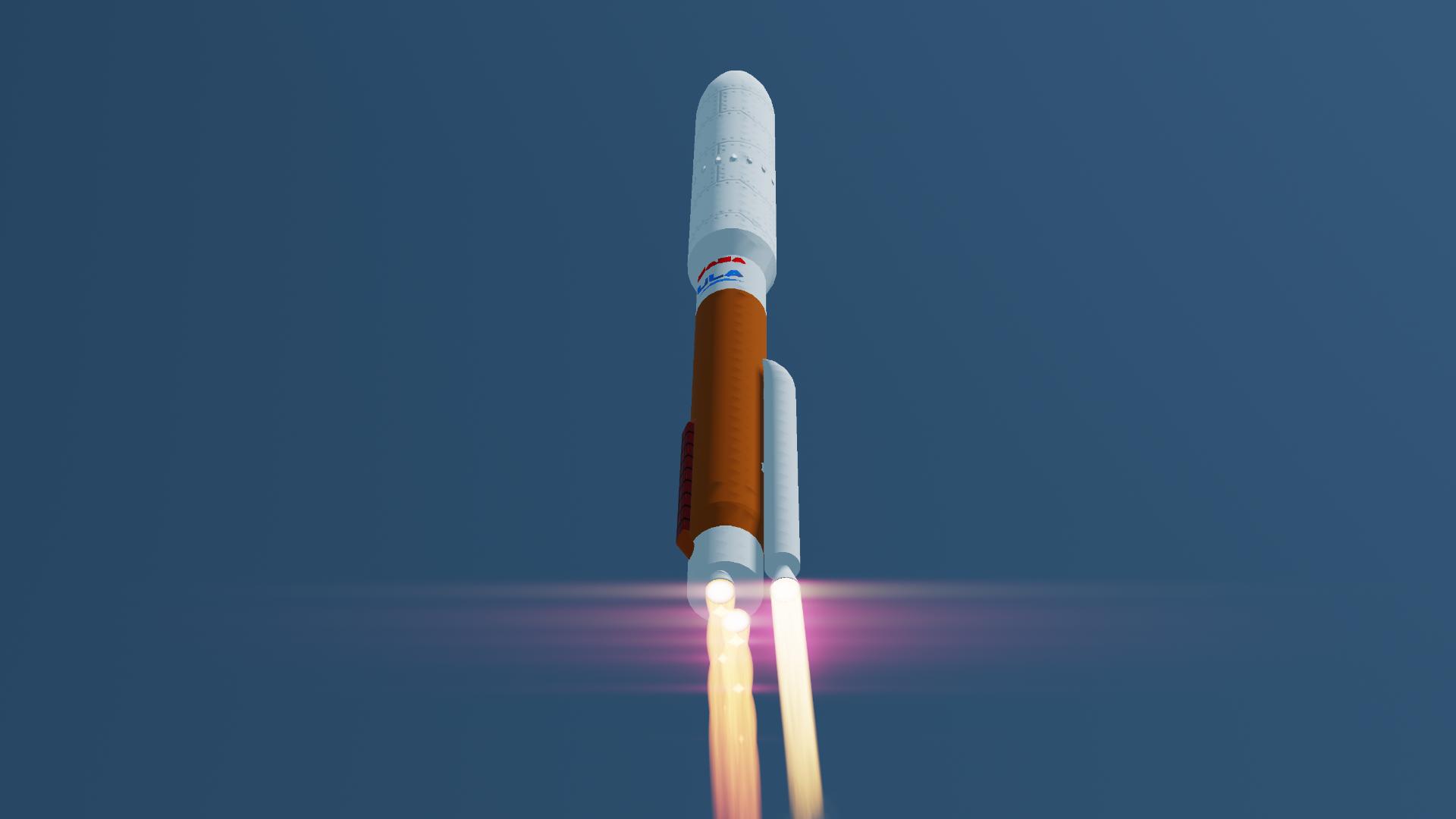
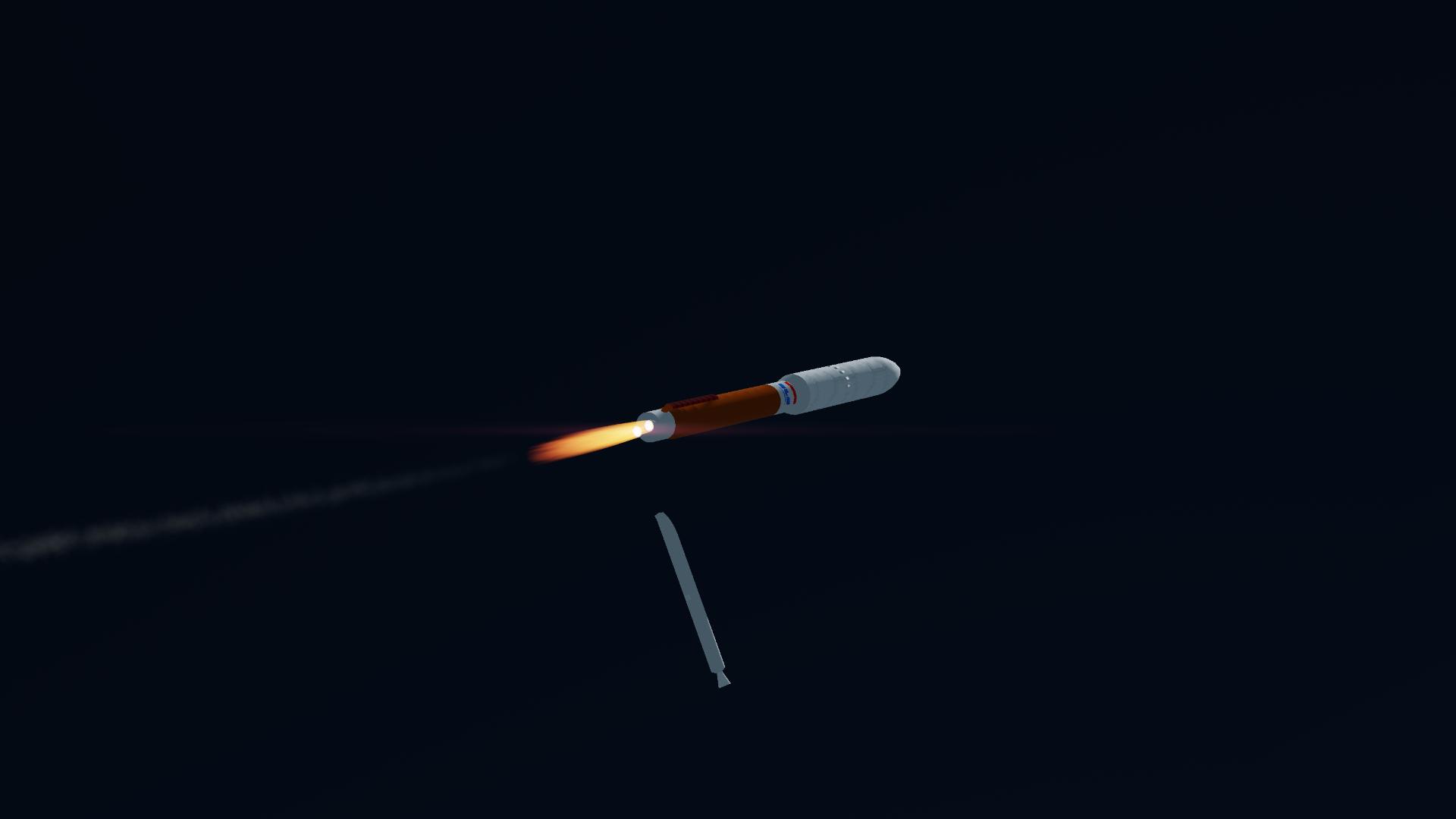
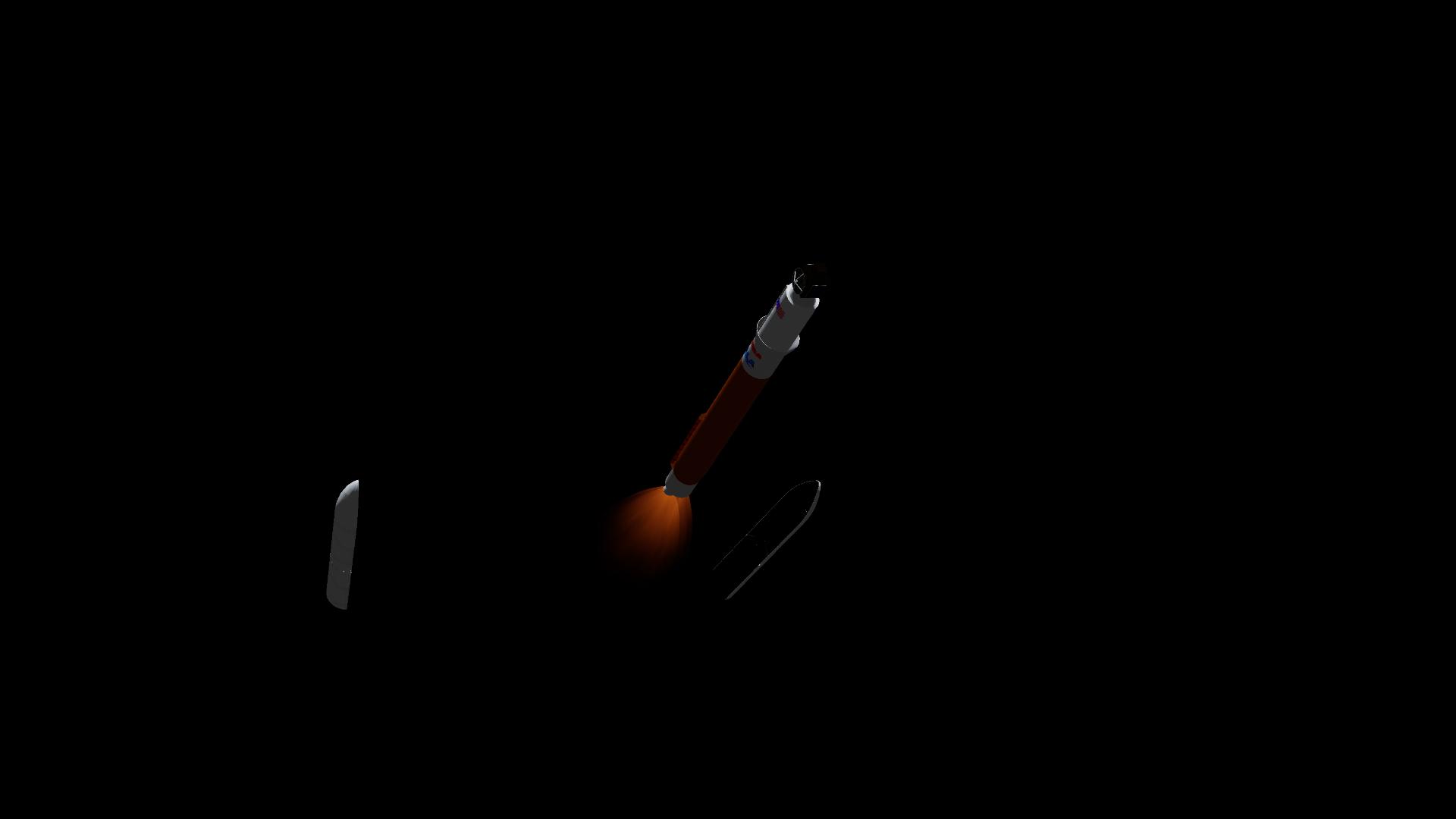
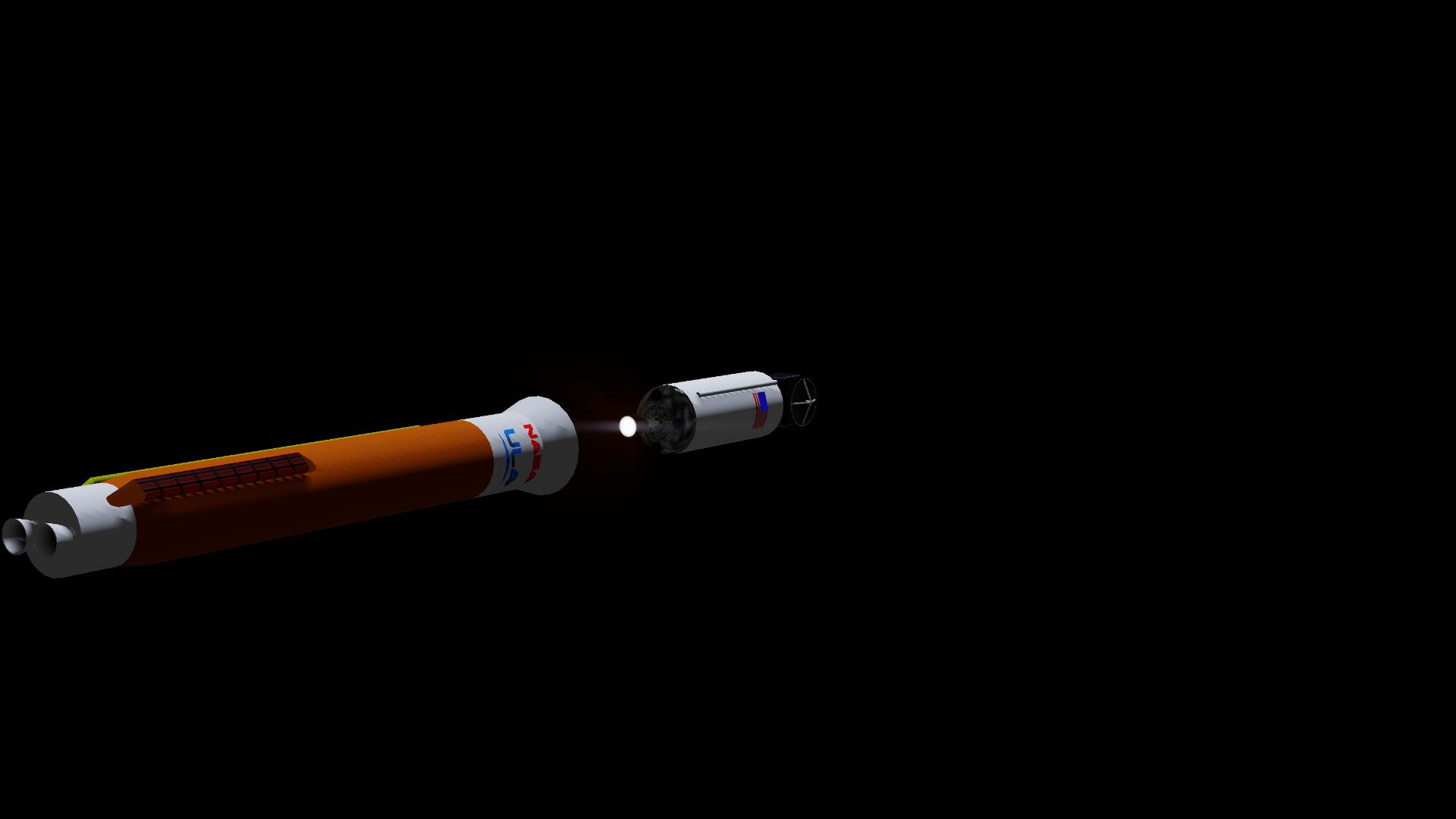
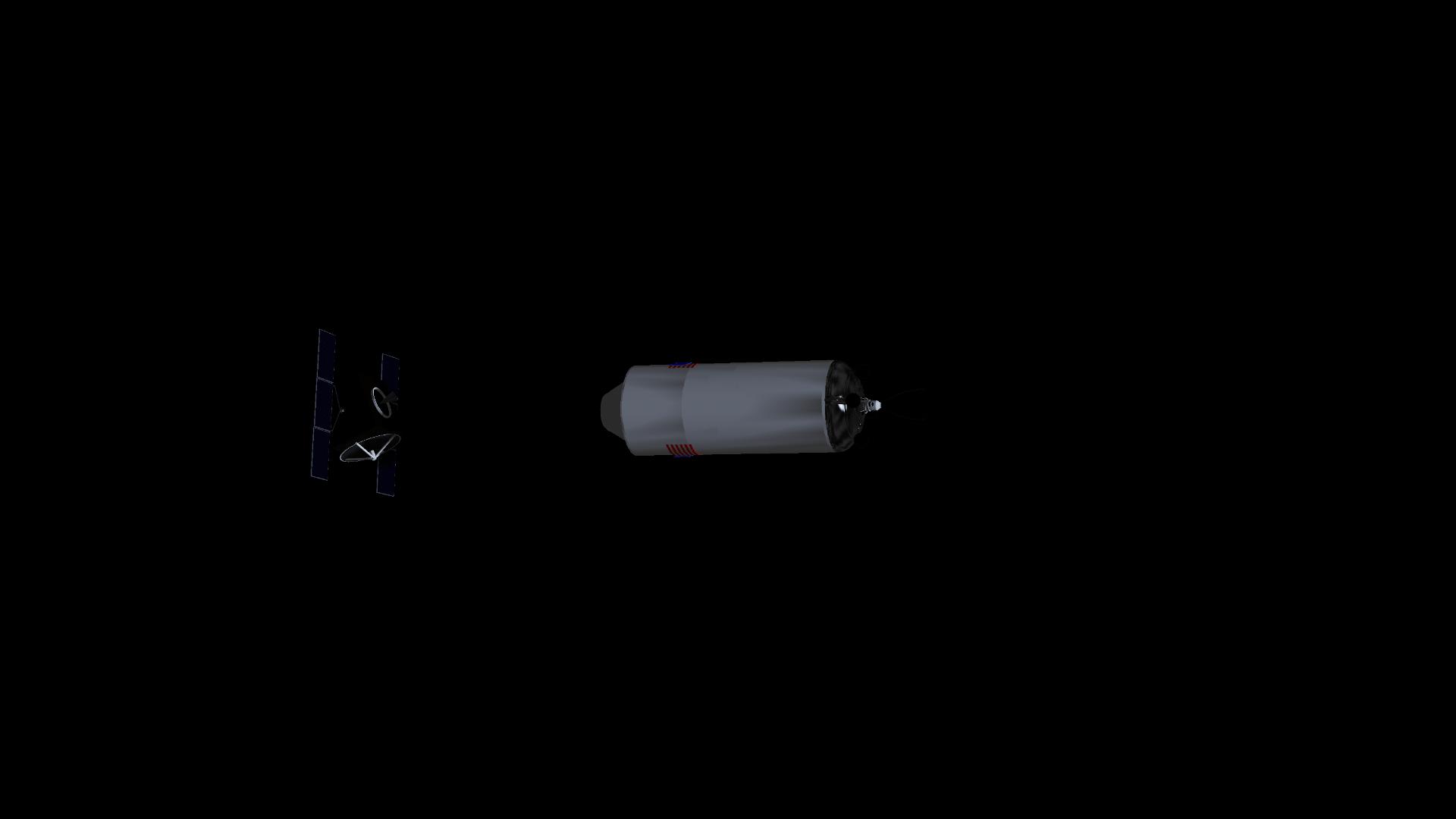
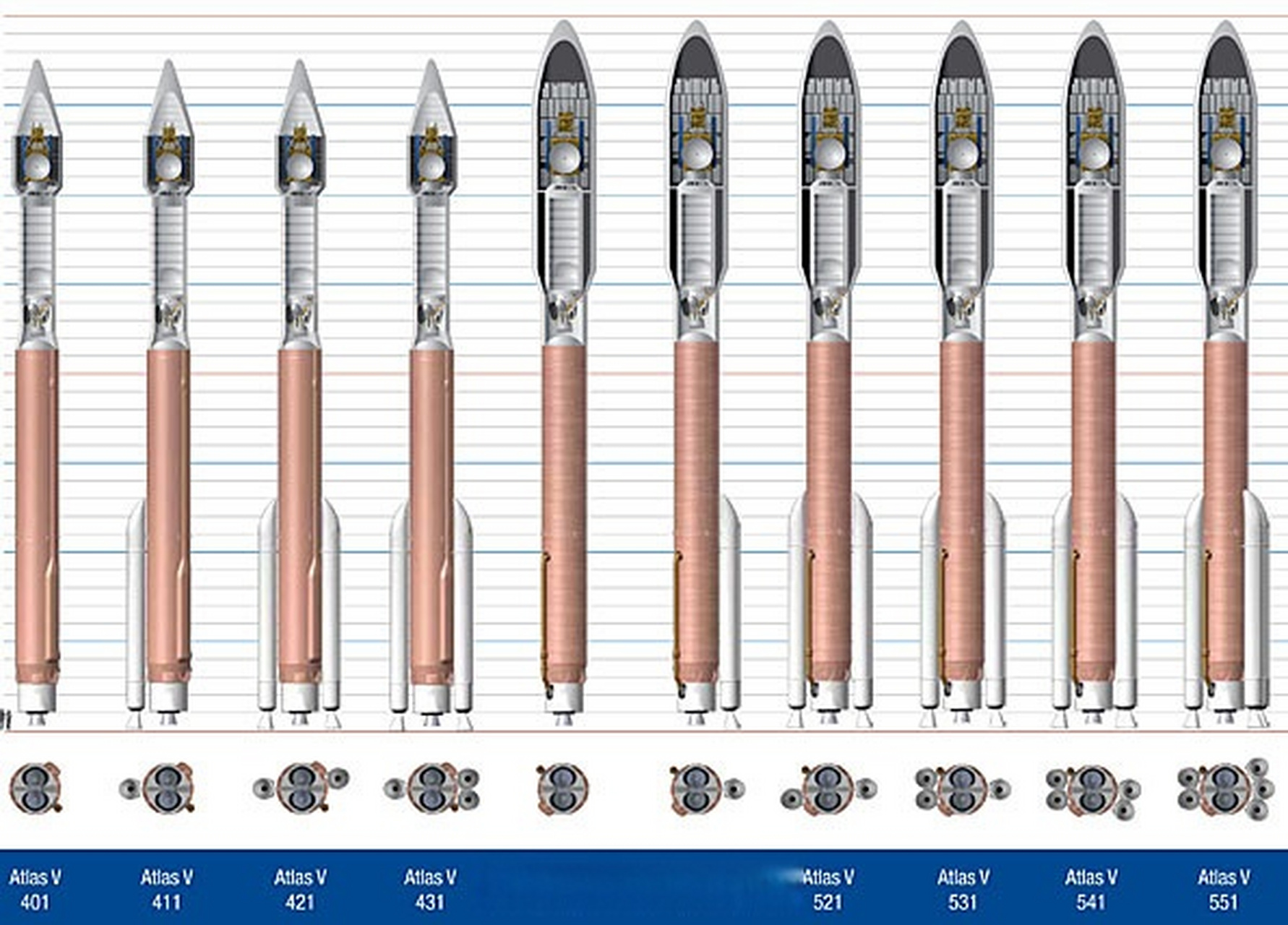

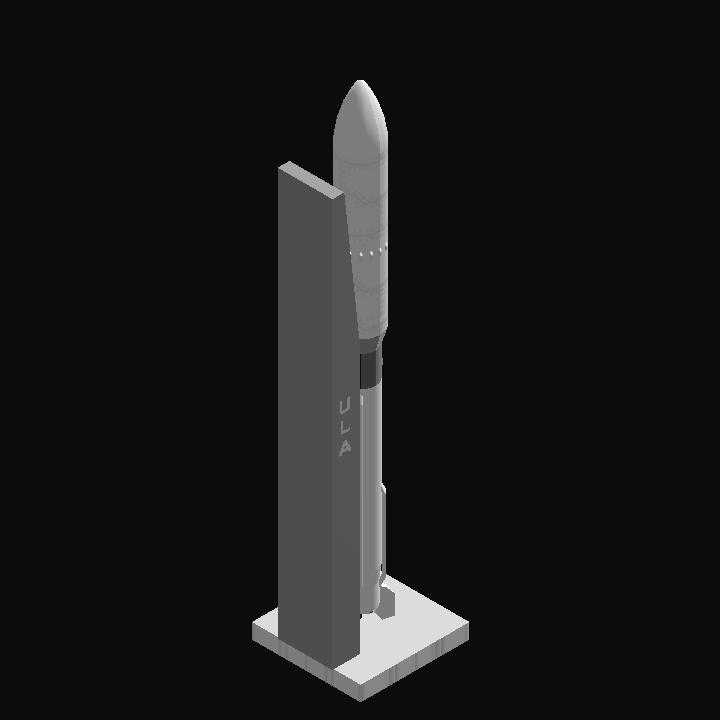
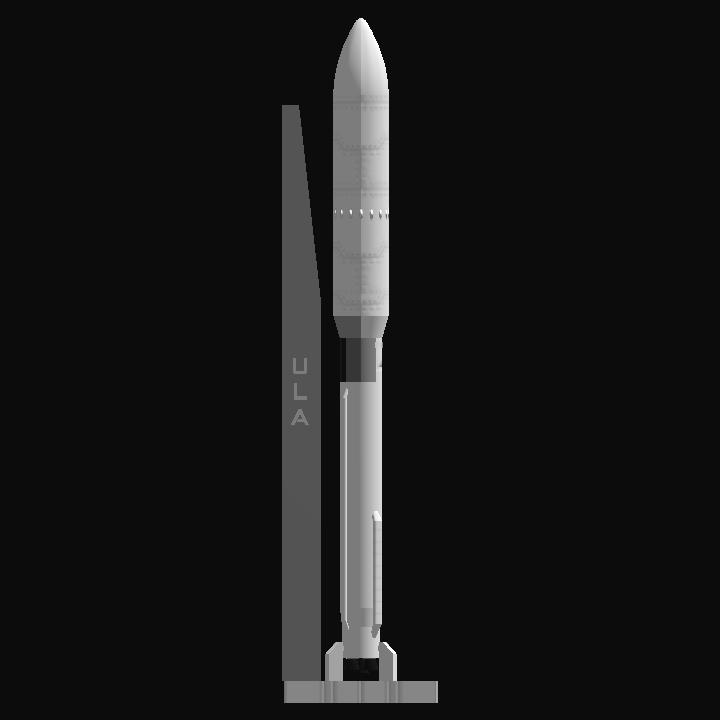
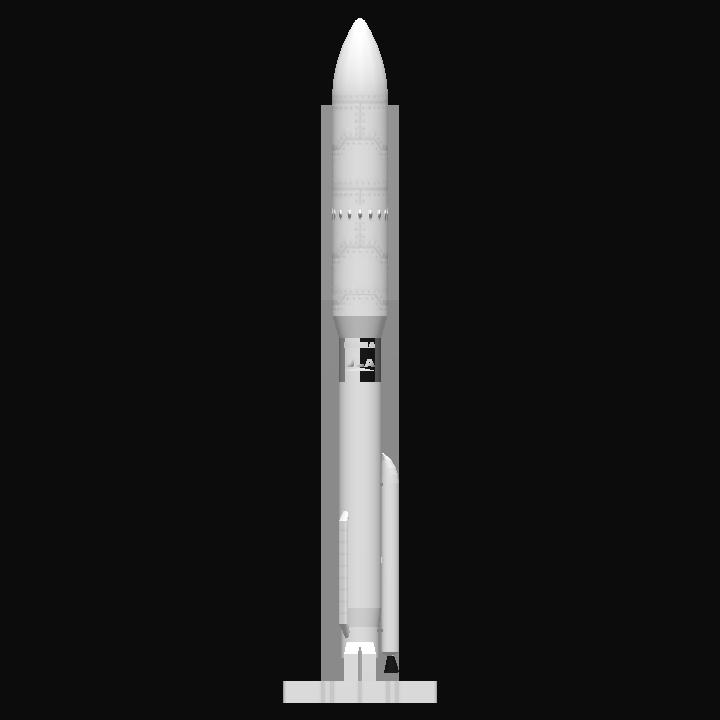
I love it everyone is making an Atlas! Where was this when I needed them 😭